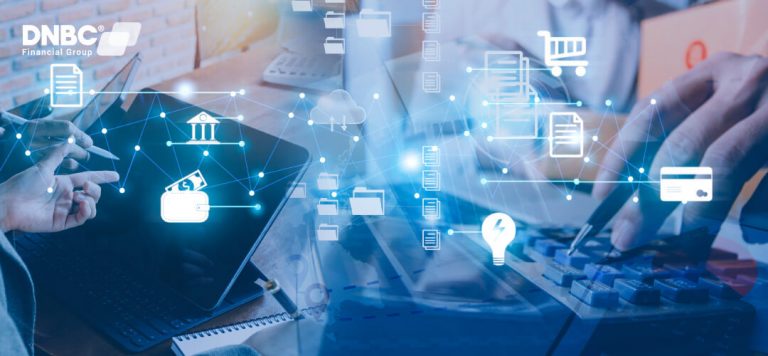Overdraft protection is a financial service provided by most banks and credit unions. It is designed to help protect consumers from overdraft fees and other penalties that can result from overdrawing their accounts.
We’ll take a closer look at some main points: “What is overdraft protection”, “What is misleading about the term Overdraft Protection.” and how it works
What is overdraft protection?
Overdraft protection is a service offered by banks and credit unions that allows customers to link their checking accounts to a savings account, credit card, or line of credit.
If a customer attempts to make a purchase or withdrawal that exceeds the balance in their checking account, the overdraft protection service will automatically transfer funds from the linked account to cover the transaction.
Overdraft protection can be a useful service for consumers who are prone to overspending or who have irregular income.
Without overdraft protection, consumers can face hefty fees and penalties for overdrawing their accounts, which can make it difficult to stay on top of their finances.
What is misleading about the term Overdraft Protection?
Despite its name, overdraft protection is not actually protection against overdraft fees. Instead, it is a service that allows customers to continue making purchases and withdrawals even if they do not have enough funds in their checking account.
Overdraft protection explained: What you need to know
While this can prevent overdraft fees, it can also result in other fees and charges.
When a customer uses overdraft protection, they are essentially taking out a short-term loan from the linked account. This loan comes with interest charges and other fees, which can add up quickly.
In some cases, customers may be charged a fee for each transaction covered by the overdraft protection service.
Another issue with the term overdraft protection is that it implies that the service is automatic and will always be available.
In reality, banks and credit unions may require customers to opt-in to overdraft protection and may charge a fee for the service.
How overdraft protection works
To use overdraft protection, customers must first link their checking account to a savings account, credit card, or line of credit.
Once the accounts are linked, the overdraft protection service will automatically transfer funds from the linked account to compensate for the transactions exceeding the balance in the checking account.
The amount of the transfer will depend on the available funds in the linked account and any limits set by the bank or credit union.
In some cases, customers may be able to choose the amount of the transfer or set up automatic transfers to cover certain transactions.
Overdraft protection can be helpful for consumers who need to cover a large purchase or unexpected expense.
However, it should not be relied on as a long-term solution for managing finances. Customers who use overdraft protection frequently may be better off working with a financial advisor or credit counselor to develop a budget and savings plan.
In addition, it is important for customers to understand the fees and charges associated with overdraft protection.
Some banks and credit unions may charge a fee for each transaction that is covered by the service, while others may charge a flat monthly or annual fee. Customers should also be aware of any interest charges that may apply to the loan.
In general, overdraft protection can be a useful service for consumers who need to cover unexpected expenses or who are prone to overspending. However, it is important to understand the fees and charges associated with the service and to use it wisely.
Customers who use overdraft protection frequently may want to consider other options for managing their finances, such as budgeting or working with a financial advisor. Overall, overdraft protection can be a helpful tool, but it should not be relied on as a long-term solution for managing finances.
Transfer money with DNBC Financial Group
DNBC Financial Group is a reputable financial institution with a range of transfer services. Transferring money with DNBC Financial Group is a safe, fast, and convenient way to move funds between different accounts or individuals.
They use advanced security measures to protect your money during the transfer process. Your personal and financial information is encrypted to prevent unauthorized access, and DNBC Financial Group adheres to strict regulations to ensure that your money is safe and secure.
They offer fast and efficient money transfers, which means you can send and receive money quickly and easily. Depending on the transfer method you choose, your funds can be available within minutes or hours.
With a range of transfer options, including online transfers, wire transfers, and mobile transfers. You can transfer money from anywhere, at any time, and to anyone around the world.
DNBC Financial Group offers competitive exchange rates, which means you can get more money for your currency when you transfer it through DNBC Financial Group. They also provide excellent customer service, with a team of experts available to help you with any questions or concerns you may have.
DNBC Financial Group is your trusted provider in international money transfer
- Get 100% free 1-on-1 support
- 100% free account opening
- Seamless onboarding process
Or please contact DNBC
Email: [email protected]
Phone Number:
- +65 6572 8885 (Office)
- +1 604 227 7007 (Hotline Canada)
- +65 8442 3474 (WhatsApp)


 DNBC Team
DNBC Team







